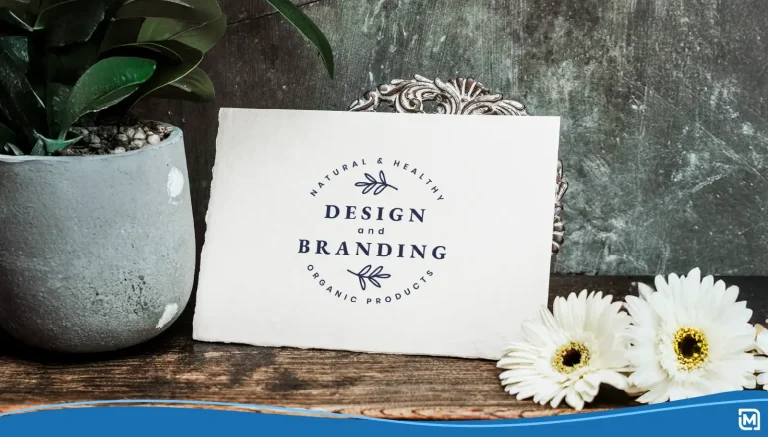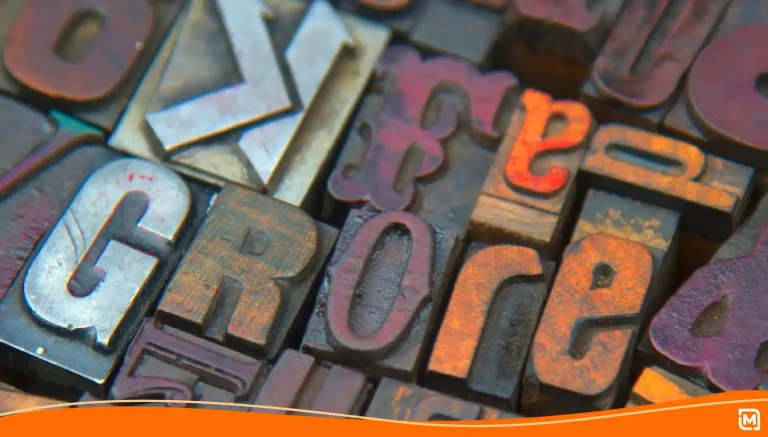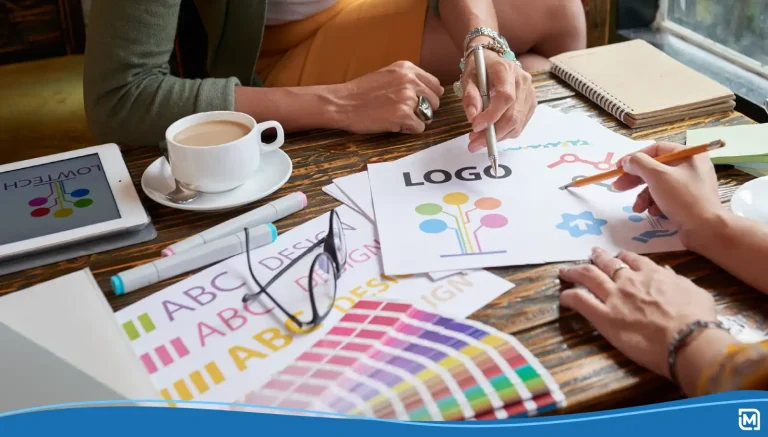Are you looking to attract customers to your brand? We’re pretty sure that the answer is “yes.” To do so, you might create an eye-catching logo, a memorable slogan, or an annoyingly catchy jingle, then deploy them in traditional ads or social media posts.
Each of the above marketing examples falls under one umbrella term: brand assets. Together, these are indispensable elements that help you stand out in a crowded market. With the right strategy, you can build a strong brand identity and pull in customers, thereby enhancing your brand equity.
But what are brand assets, and why are they so important for your business? More importantly, how can you use them effectively? In this LogoMaker article, we’ll dive deep into brand assets and help you craft a winning strategy.
What are Brand Assets?
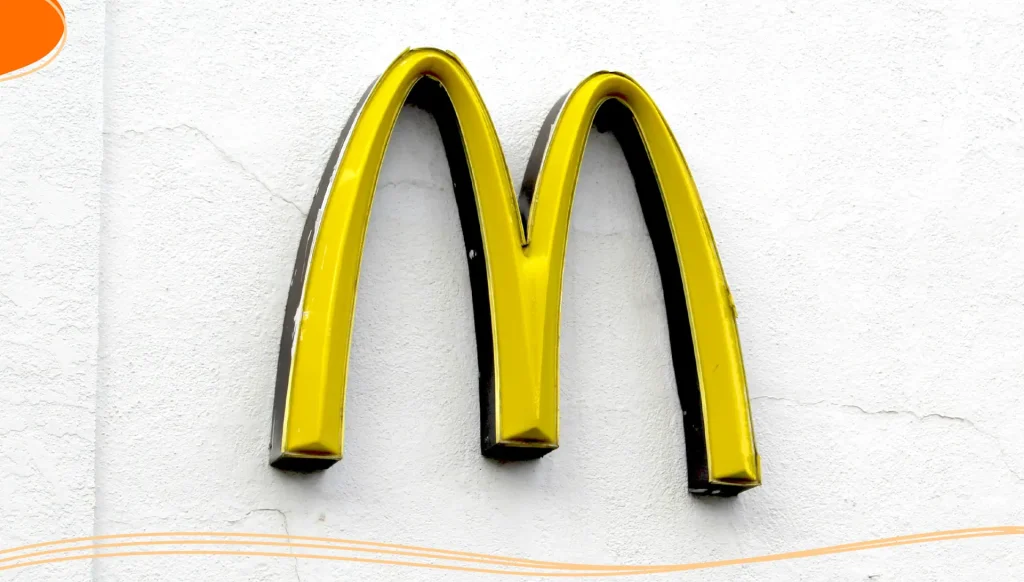
Brand assets are marketing elements designed to build a strong brand identity. They’re used by businesses of all forms. Think of creating your logo; it’s probably one of the first brand assets you or your team created for your small business. A well-designed logo or color palette can make a brand instantly recognizable. Whether you’re operating a SaaS link-building agency or an ebook store, you’ll need these creative assets to help it get found online.
Brand assets include many marketing forms, each serving a slightly different purpose. Some examples of assets are:
- The name of your brand
- Your logo
- Any slogans included in your marketing campaigns
- Jingles and music that are heard in your advertising
- Your brand color scheme
- Your product’s packaging
As you can tell from the above list, brand assets can be extremely varied. However they are used, they should convey key messages about your brand. What are its values? What does it offer? A customer should know as soon as they look at a brand asset.
Why Do Brand Assets Matter?
We’ve explored what brand assets are, but why are they so important in determining your success? Let’s find out!
Effective brand assets not only build trust but also enhance brand loyalty over time, ultimately leading to sustained brand success.
Make your brand more memorable
To put it simply, brand assets help shape your brand’s identity and make you stick in the minds of customers long after they’ve interacted with your brand. To illustrate this, look at a real-life example: Amazon. This company has used brand assets to cement its place in the market.
Anyone who orders from Amazon will have seen how brand assets are placed at the heart of the user experience. As soon as you log in to the store you’re met with the company’s logo. When you order a product, the logo is included front-and-center of the packaging.
But even without ordering any products, the brand is inescapable. Walk through any town or city, and there’s a good chance you’ll run into the Amazon delivery van. Here again, the logo and brand colors are in full view. Whether you’re at home, online, or on the street, the company wants to be an ever-present force in your life. It’s able to achieve that thanks to brand assets.
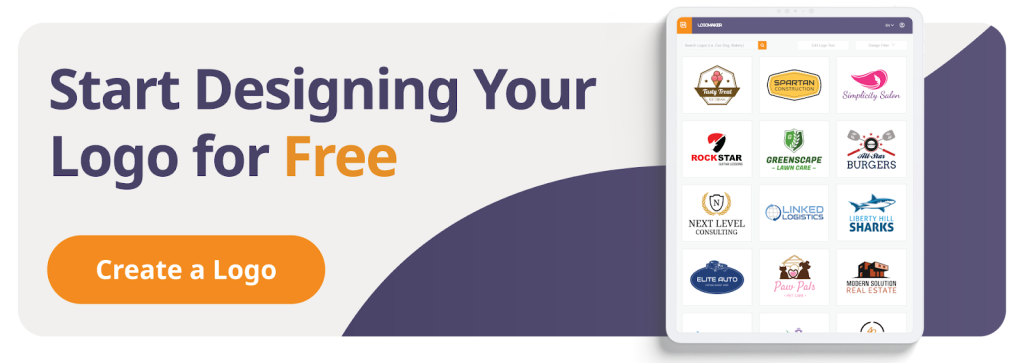
Increase your brand’s attractiveness to investors

Investors want proof of the strength of your brand identity and its ability to connect with customers. Effective brand assets illustrate that your company can spread its message far and wide. A brand’s online presence, including websites, social media profiles, and multimedia content, plays a critical role in engaging audiences and communicating the brand’s message.
Think from the investor’s point of view for a moment. Would you rather invest in a company with an already established brand or a company with poor brand assets? The majority of investors will pick the first option. Strong assets cut out the legwork and ensure that investors can jump straight into a successful business.
Ultimately, the stronger your branding, the more you can grow customer loyalty. This means higher profits and a greater prospect of investors wanting to cash in.
Establishes more trust and brand loyalty
Have you put in effort to deliver the best products and strong customer services? If so, brand assets can help cement an image of trust with customers. High-quality visuals and consistent brand elements foster an emotional connection, allowing consumers to relate to and engage with the brand on a deeper level. If you have a proven track record, customers will think of your assets as synonymous with quality, and will subsequently be more likely to trust your messaging when they encounter it.
Trust is proven to be a huge factor in influencing business success. A recent study by Edelmon shows that a huge 63% of customers will buy new products from brands they trust. This is even the case if they consider the item expensive. As many as 53% will advocate for brands they trust, sharing products with friends and family.
Best Practices for Building Brand Assets
There’s no denying that a company’s brand assets are important, but how can you use them effectively? Let’s explore some best practices for creating brand assets.
Create a brand identity style guide
To be effective, your brand assets should present a unified vision. A brand’s personality is encapsulated in various visual elements, such as logos and fonts, which help create recognition and communicate values. All brands have different needs. The assets of a B2B SEO agency, for instance, will look very different to a retail company.
But, however you use assets, their look and feel should be the same across all your online platforms. If one asset tells one story about your brand and another tells a completely different story, you’ll struggle to convey a clear message to customers.
Of course, when managing lots of departments and employees, staying on brand becomes more difficult. That’s why it’s useful to create a brand style guide. This spells out everything employees need to know when creating assets for your brand.
When creating your style guide, be sure to cover the following points:
- A brand proposition statement: Your brand’s proposition outlines its core values and wider vision. A detailed proposition can help readers better understand your brand. They’ll be able to better represent your organization when creating assets.
- Your color palette: Consistent brand colors help customers to identify your brand more easily. Make sure your style guide clarifies the colors your asset creators should use when representing your brand.
- Typesetting and fonts: The way you present text will reveal a lot about your brand’s approach. Consider the best fonts to represent the style of your brand, and how typesetting can convey your message.
- Logo usage: Your style guide should clarify how you’d like your logo to appear across different assets. For example, what size should your logo be? How much space should surround the logo?
- Use of images: How should images be used to represent your brand? Include some examples of what does and doesn’t work for your branding.
Train your team

Creating a brand style guide is a good first step. But if staff are to make use of your guide, they must know why brand consistency is important. Take time to educate your team about the value of your branding assets. Share details and statistics on how the right branding can help the business.
Alongside your style guide, it may also be useful to provide extra digital resources for staff. This could include case studies from previous campaigns, showing how branding was used effectively. You could also include examples of successful competitor assets, to demonstrate the standard marketing teams should be working towards.
Make sure that resources are easily accessible, so that staff can learn in their preferred environment.

Aim for a varied approach
As we’ve explained, assets can help advance your brand in many different ways. The more assets you have, the better you can interact with your audience in new and exciting ways. Your logo and brand color scheme are essential. But once you’ve chosen these vital assets, try to think a little outside of the box. What other routes can help you to connect with your audience?
Below, we’ve listed some different types of brand assets that may help your brand to stand out.
A jingle
Have you ever watched an advert and got a jingle stuck in your head for the rest of the day? While they might be annoying, these jingles accomplish their objective. They keep a brand in your mind, so when you need a product or service in future, they’re your first port-of-call.
The right tune accompanied by relevant words can be a formidable combination. A jingle could be a strong option if you’re looking to boost your advertising.
A mascot
Brand mascots can serve as the friendly face of your organization. They’ve been utilized by world-leading brands, from Michelin to KFC. They can feature in adverts, on your website, and even in your brand’s packaging. They can bring humor and help your brand seem more down to earth.
Mascots can also bring in some extra revenue, acting as a form of merchandise. Consider the kind of character that might draw interest to your brand.
Packaging
You might not realize it, but your packaging actually says a lot about your brand. For instance, do you prioritize sustainability? Are your products premium or high-end?
With the right approach, your brand packaging can become central to your brand image. Consider ways to make your packaging stand out and enhance the buyer experience.
Improve access to assets

Brand assets should always be readily available when employees need them. Issues start to arise when staff are delayed in finding assets. Marketing materials take longer to make, as teams are unable to add the finishing touches. This, in turn, hampers your ability to reach new customers and grow your business.
Moreover, for businesses that sell online without inventory, such as dropshipping stores, digital brand assets like logos and color schemes become even more crucial in establishing a distinct and recognizable online presence.
Delays usually occur due to a need for more centralized storage for your brand assets. Digital assets might be kept on your local intranet to provide easy access to on-site teams. They’re less useful, however, if you have remote staff. Some assets may even be stored on individual staff member’s PCs. This means you’re dependent on them emailing digital files when needed. It also makes it harder to keep track of the most up-to-date versions of assets.
Luckily, there’s a simple solution: an asset management system. These tools act as a handy centralized repository for all your brand assets. From here you can control access and easily manage your storage. Modern solutions also run on the cloud, ensuring that staff can access assets from anywhere, provided they have an internet connection. Implementing a digital asset management system can significantly improve the organization and accessibility of your digital assets.
Collect data about your assets

Knowing which of your brand assets are making the biggest splash with customers is important. Is your logo design eye-catching? Do slogans leave an impact? The only way to find out is by collecting data.
Additionally, consistently using these assets to schedule social media posts can significantly increase their visibility and reinforce your brand’s identity across various platforms.
There are plenty of ways you can collect information. To begin, head to your social media and website analytics. From here, you can see concrete evidence of how your digital assets are impacting engagement. Which pages/social media posts have garnered the most attention? If possible, compare similar posts that don’t feature your asset. Is there a difference in response?
Another option is to get in touch with customers directly through questionnaires. Here, you might ask questions about each of your assets. Answers don’t need to be detailed; a simple rating of 1—5 can be a simple way of measuring effectiveness. For added context, though, you might encourage customers to leave a short paragraph justifying their answer.
Ultimately, the more data you have, the more you’ll understand the likes and dislikes of customers. This way, you can continuously improve your assets over time.
Choose the best digital asset management system
Earlier, we talked about how increased access is one of the major benefits of having a digital asset management platform. There are, though, many other reasons why you should invest in this software. We’ve listed some of the top examples below.
- Improved security: The right solution can protect your valuable digital assets from sabotage and theft, thanks to robust encryption and access control.
- Advanced searching: Staff can find assets they need in seconds, simply by entering a query. Assets can be tagged so that they are more easily discoverable.
- Improved compliance: With the rise of data privacy legislation, brands must be careful about how they store and manage their assets. Asset management systems are designed to meet compliance regulations, reducing the pressure on businesses.
- Ease of use: Software can be utilized by staff of any skill level. Most solutions are complete with simple user interfaces, helping employees to navigate easily.
- Improved access: Brand asset management systems not only serve as centralized repositories for all your brand assets but, they also allow you to automatically sync data between platforms. This ensures that employees, whether on-site or remote, can always access the most up-to-date versions of these assets from anywhere.
Brand Assets are Essential
Assets have always been essential for businesses. Now, with the rise of digital media, they play a more crucial role than ever. With the right strategy, assets are a surefire way of building trust, making your brand more memorable, and attracting investors.
Here, we’ve explored how you can build strong brand assets. Always start with the basics: your logo design and brand colors. Once you’ve clarified your brand vision, commit it to a clear style guide.
Bio: Nick Brown – Founder and CEO
Nick Brown is the founder & CEO of Accelerate Agency, the SaaS SEO agency. Nick has launched several successful online businesses, writes for Forbes, published a book and has grown from a UK-based agency to a company that now operates across the US, APAC, and EMEA. This is his LinkedIn profile.

